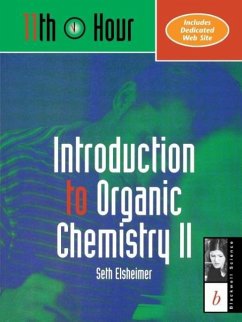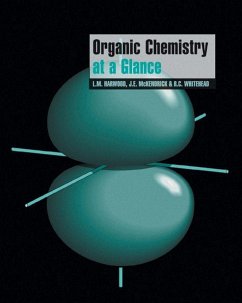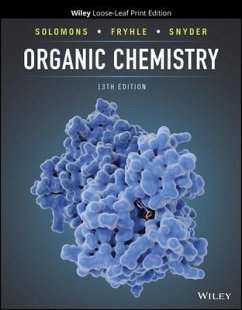
Organic Chemistry as a Second Language
Second Semester Topics
Versandkostenfrei!
Versandfertig in über 4 Wochen
53,99 €
inkl. MwSt.

PAYBACK Punkte
27 °P sammeln!
"Benzene is resonance stabilized, as shown above, and is sometimes drawn in the following way This type of drawing a hexagon with a circle in the center is not suitable when drawing mechanisms of reactions, because mechanisms require that we keep track of electrons meticulously. But, it is helpful to see this type of drawing, even though we won't use it again in this book, because it represents all six electrons of the ring as a single entity, rather than as three separate bonds. Indeed, a benzene ring should be viewed as one functional group, rather than as three separate functional groups. T...
"Benzene is resonance stabilized, as shown above, and is sometimes drawn in the following way This type of drawing a hexagon with a circle in the center is not suitable when drawing mechanisms of reactions, because mechanisms require that we keep track of electrons meticulously. But, it is helpful to see this type of drawing, even though we won't use it again in this book, because it represents all six electrons of the ring as a single entity, rather than as three separate bonds. Indeed, a benzene ring should be viewed as one functional group, rather than as three separate functional groups. This is perhaps most evident when we consider the special stability associated with a benzene ring. To illustrate this stability, we can compare the reactivity of cyclohexene and benzene"--












